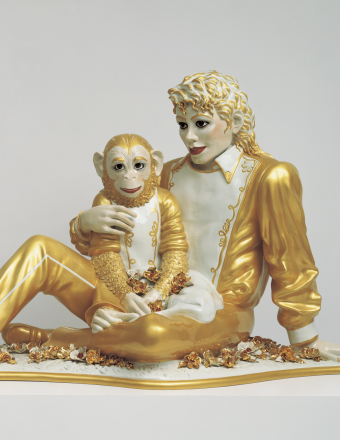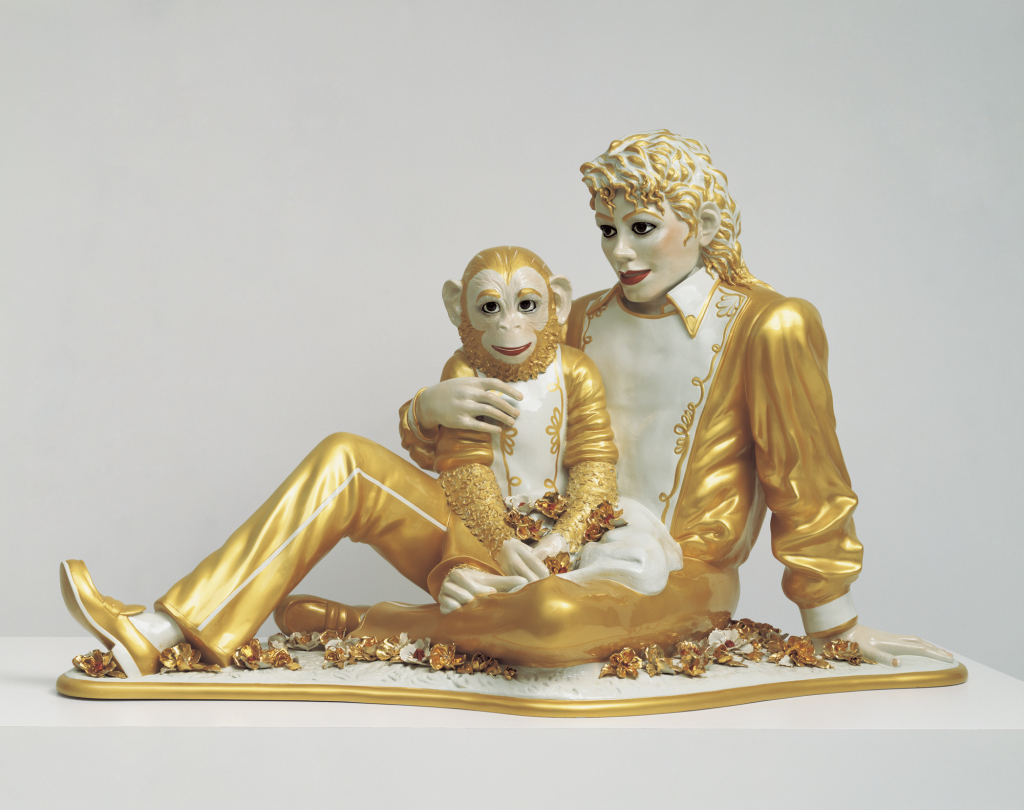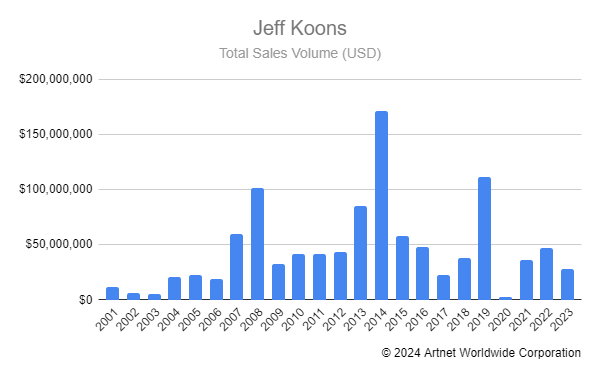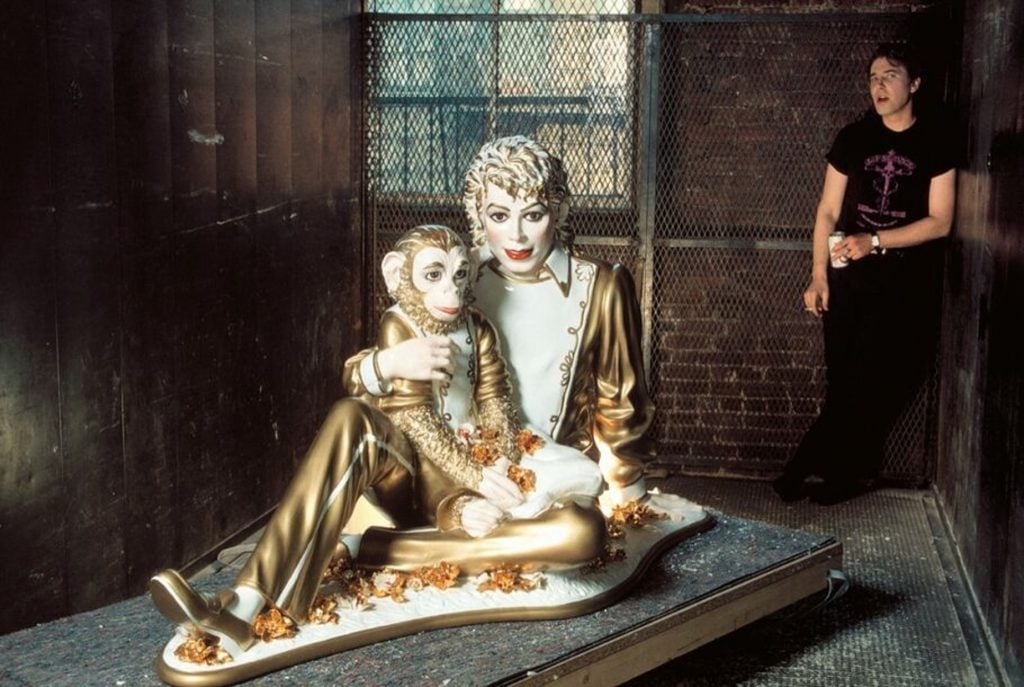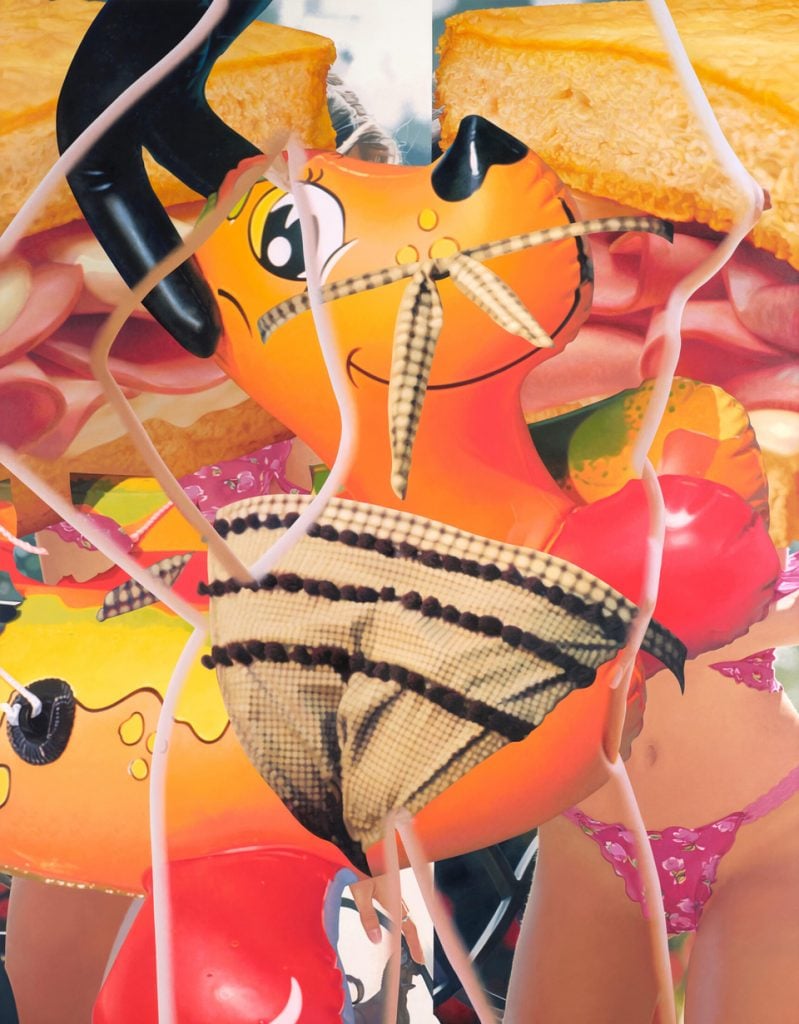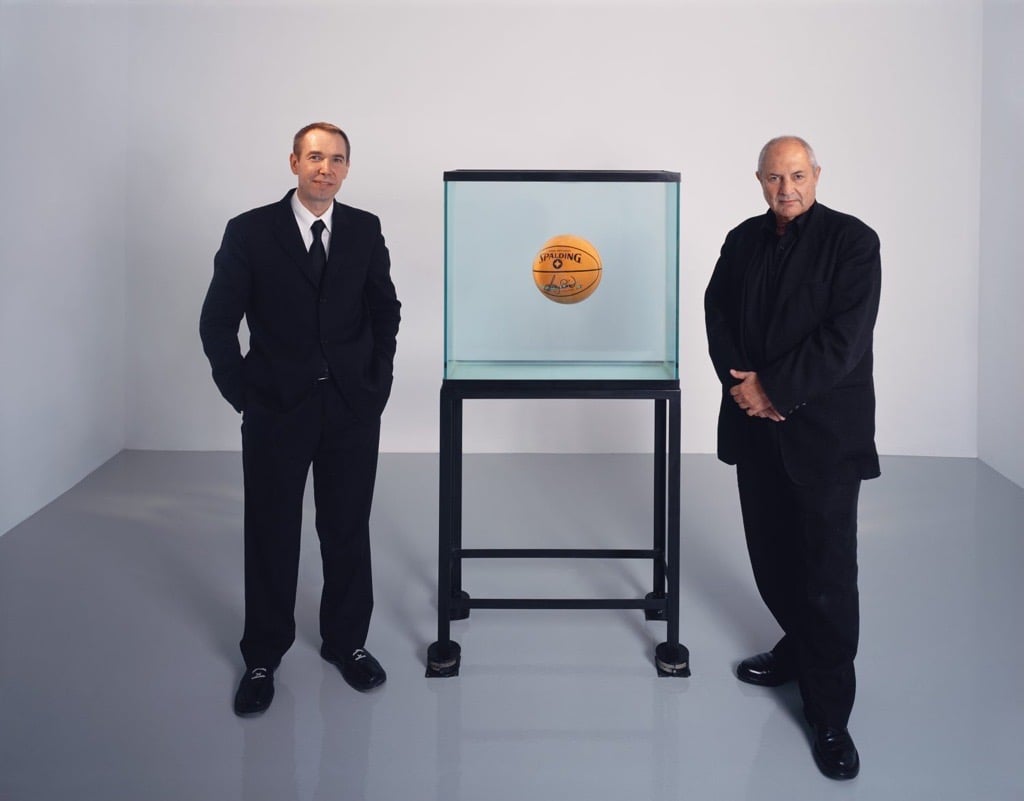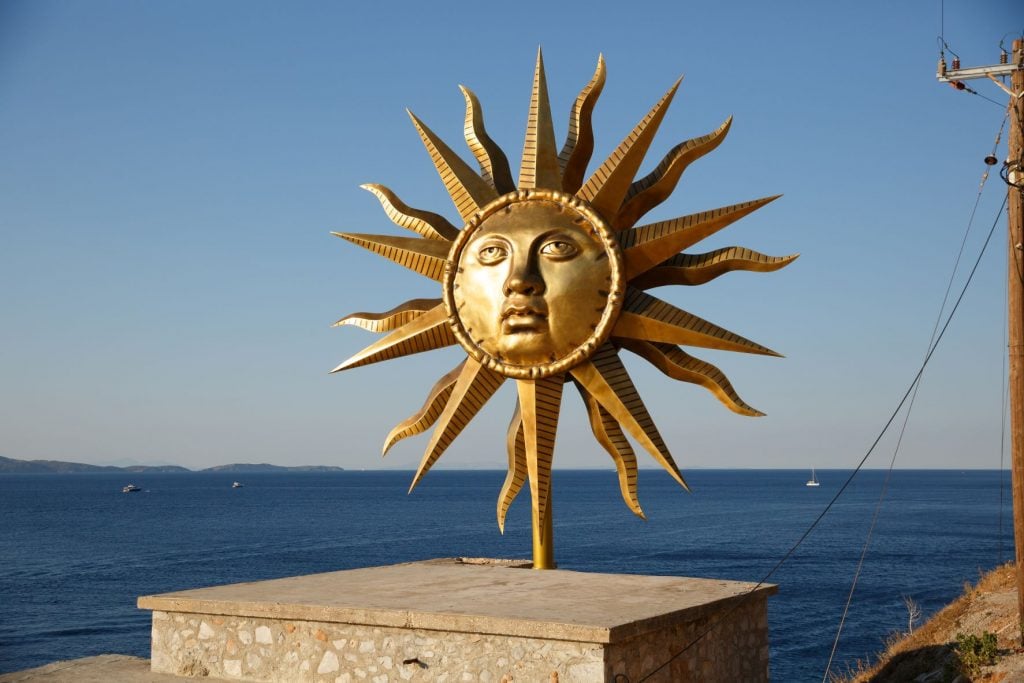Special Report: Marilyn Monroe, Nudity and her last film- NOT SAFE FOR WORK
| 09:53 (há 1 hora) |    | ||
| ||||
Special Report: Marilyn Monroe, Nudity and her last film- NOT SAFE FOR WORK
If page freezes, refresh. Marilyn came out of a swimming pool with the press watching, removed her flesh colored tights and stood naked. This was how she wanted to be filmed for SOMETHINGS GOT TO GIVE
|
| |||||||||||||||
Marilyn never had a problem with being naked. When she modelled her playfulness was always present, nude or not.
Marilyn Monroe has a fame that until Taylor Swift, no other celebrity ever achieved. Yet part of the reason she is legend is people can project on to her whatever they want to believe. Victim. Lost child. Behind all the fantasies, the belief that they could have saved her. The fantasies move from the rich and powerful (The Kennedy’s) to UFO’s, Roswell, CIA, the mob.
Crazy beliefs with no factual basis, except the need to keep her in the shadows of men.
Never mind the facts. Our fantasies mean more than her reality.
“I never wanted to be Marilyn—it just happened. Marilyn is like a veil I wear over Norma Jean.” – Marilyn Monroe
Marilyn lived during a time when secretaries often taught executives their jobs- because no woman could have the job. A woman needed a male co-signer, or she couldn’t get a loan from a bank. When Marilyn announced she was forming her own production company- the press ridiculed her both to her face and in print. These were the times she was in. You and I couldn’t save her without changing those times. After World War 2 people self-medicated. No one really understood depression (doctors would tell you to snap out of it), drugs administered were just meant to keep you high, not balanced. America self-medicated with booze and pills. It’s easy to see today stars like Sinatra were bi-polar or that Marilyn suffered from depression. But in the 1940’s and 1950’s? Time for another drink. Another pill.
Some women dreamed of marrying the boss. Some used their beauty to become a mistress with their bills paid. Some married hoping the husband could bring them a world denied them. Some listened to or watched soap operas, some lived them in the hours they did nothing at home. It doesn’t take 12 hours to make dinner or wash last nights plates. But Marilyn figured out how to beat the system at its own game.
Photo: Marilyn on the set of SOMETHING’S GOT TO GIVE in front of the press. She would have been the first major star with a nude scene since censorship came in 1934.
When Marilyn grew weary of studio execs and casting directors threatening, firing and withholding jobs to try to get her to have sex with them- she wrote an article about it.
That had never happened before, and when one realizes how long Harvey Weinstein and Bill Cosby pulled that crap it is still rare. But the message was loud and clear. Do it again, and I could write about it.
The odds were always against her. Her mother was schizophrenic and tried to choke her to death when she was a child. She got married at 16 just to get away from plans to send her to an orphanage. But she knew she wanted a movie career. She divorced her first husband who did not believe in her, and when she signed her first contract and Ben Lyons came up with the name Marilyn to replace Norma Jeane Mortenson she came up with the name Monroe. That was her mother’s maiden name. She was involved in creating her new image. The studio knew her true story would be bad and distracting for the press and she went along with their story she had been an orphan. She knew what she had to do.
She knew she needed an army of powerful men to achieve her goals. From the agent Johnny Hyde to film executive Joseph Schenck she began using her charms to assemble her army. When nude photos were discovered of her and the studios and Hollywood thought she was finished- and many were telling her to deny they were her, she admitted they were her. And she told the truth about her childhood. Prudish America melted. Women rallied around her. By being honest, at the right time, her fandom grew.
And when she said she was not ashamed of posing nude, her honesty won people over to her.
Marilyn fought for and got fair pay, control of her projects - victim? You must be joking.
Before Marilyn started work on her film with Dean Martin she had been hospitalized for depression, had addictions to pills and booze, had her gall bladder removed. Within 3 months of starting work on the film she was dead. Suicide or one of the first opiod victims- we’ll never know. This is a documentary about the making of her last, unfinished and unreleased film:
Click this for SOMETHING'S GOT TO GIVE documentary
Here is the only known footage that exists of the unfinished film:

BEHIND THE PAYWALL: Marilyn’s first starring role as a burlesque dancer in LADIES OF THE CHORUS. And she actually sings in the film!
Consider becoming a paid subscriber to help us become an international podcast.
The Chicago Psychotronic Film Society which begat The Global Psychotronic Film Society is quite a party. From it's earliest days with guests JOHN CLEESE, ROBERT DeNIRO, BILL MURRAY (our first dues paid member), DAN AYKROYD, SYDNEY POLLACK, RUSS MEYER, CLIVE BARKER, JOHN DUGAN, PENN AND TELLER, KENNETH ANGER, DARIO ARGENTO and many more there was nothing like it on earth. People travelled from all over the world to attend our parties or host them and none of the celebrities were paid to be at the events.
We did shows at bars and clubs LIMELIGHT, KABOOM, THE LYRIC OPERA (!), THE BIOGRAPH THEATER, THE LIAR'S CLUB and many more places. This meant you had to be 21 to attend and there were no dealer tables.
We were the only fandom that had an equal number of women in the group at a time when women avoided fandom! Join us on Facebook here: The party starts now
The Global Psychotronic Film Society based on Substack will soon be posting our podcast - become a paid member and help us make that a reality!
Keep reading with a 7-day free trial
Subscribe to The Global Psychotronic Film Society to keep reading this post and get 7 days of free access to the full post archives.
A subscription gets you:
| Subscriber-only posts and full archive | |
| Post comments and join the community |
© 2024 Michael Flores
PO Box 167963, Chicago, IL 60616
Unsubscribe










